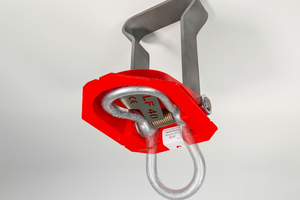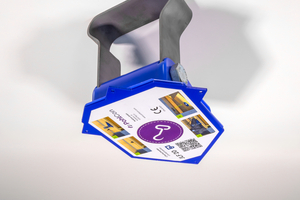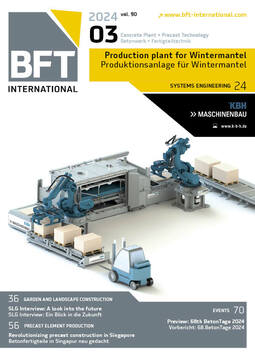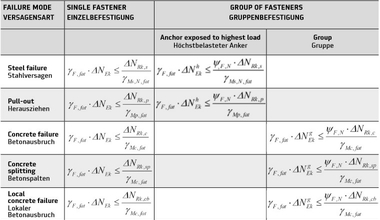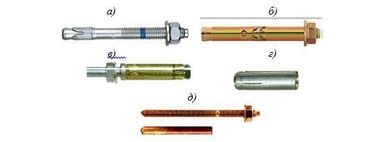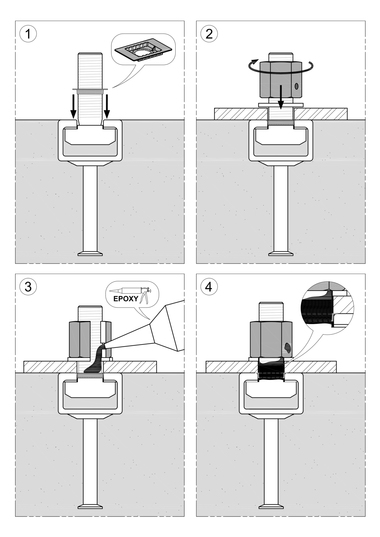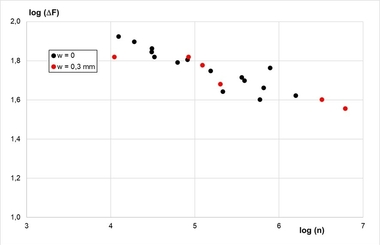New elevator shaft anchor presented
With the JLF elevator shaft anchor designed for material loads – as attachment point embedded in concrete –, working in the elevator shaft is more efficient and convenient. PohlCon presents the innovation on this year‘s interlift trade fair.
Assembly and maintenance works in elevator shafts require reliable fastening solutions. As is well known, these are measures that are often carried out at a high altitude in combination with heavy loads. The JLF elevator shaft anchor of the Jordahl product brand has been developed for ease of use when working in an elevator shaft, and this in a time-saving way. The essential components, the stirrup anchor and the steel shackle, are attached in a housing: Consequently, there is no need for pulling out the slender steel shackle concreted flush into the slab laboriously when being used. The system is equipped with a new kind of magnetic snap lock instead, that is activated by pressing on a clearly visible trigger plate using a metal rod, for example. As soon as the works are completed, the shackle can be pushed back easily into the initial position. This enables quick, temporary attachment of material loads, such as protective equipment or spare parts as well as suspended elevator cabins, for instance.
Two versions for different load requirements
For the time being, the elevator shaft anchor is available in Germany and Switzerland in the two versions JLF 20 and 40 with the corresponding load capacity levels. The coloring of the plastic housing in blue (20 kN) and red (40 kN), that is well-known among experts, allows for a reliable differentiation even from a distance. With an installation depth of 130 and 190 mm, respectively, the stirrup anchor provides for a secure and durable connection in the concrete, allowing its use at a slab thickness starting from 150 mm (JLF 20). Both types are designed for centric tensile loads. Therefore, they are suited for an inclined tensile loading of up to ± 5°.
For installation, the elevator shaft anchor is nailed, when positioned correspondingly, onto the wooden formwork using the nail holes in the cover and then, the floor slab is concreted as usual. During the subsequent removal of formwork, the cover is normally also removed or it can be pulled off manually through the integrated opening in the cover of the housing. Both JLF types are delivered as ready-to-install components and are approved according to the European Technical Assessment (ETA 21/1071) for material loads. The housing covers are provided with a QR code respectively for maximum convenience during installation. Hence, the worker can digitally retrieve the installation instructions with the code.

